Should Speakers Be Set to Large or Small on an AV Receiver?
Once you’ve invested in a high-performance home audio system, the fun begins with taking steps to ensure it sounds its best. And while the multitude of audio settings and parameters within an AV receiver or processor can seem daunting, it’s really not that difficult with some basic knowledge and an assist from the SVS Sound Experts. In this post and video, we tackle one of the most common questions we get about home audio system setup, should my speakers be set to large or small on the AV receiver?
“Large” and “Small” Settings Have Little to Do with Speaker Size
In virtually all modern AV receivers (or AVRs), you can designate each speaker in your system as "large" or "small." Surprisingly, the speaker-size setting has nothing to do with the physical dimensions of the speaker. Instead, the setting tells the AVR whether to divert low frequencies (or bass) away from that speaker and reroute them to the subwoofer. The terms "large" and "small" are used because larger speakers are generally more capable of reproducing low frequencies and deep bass than smaller speakers. So, if you designate a speaker as "large," the AV receiver will send all frequencies, including deep bass, to it.
Which Setting is Right for My Speakers?
Even most physically large speakers can't reproduce low frequencies nearly as well as a dedicated subwoofer. When many large, so-called full-range speakers try to deliver deep bass, they can sound distorted and overworked. Even worse, attempting to reproduce those subterranean tones requires a huge amount of amplifier power. Asking an AV receiver to drive full-range speakers to play low frequencies with authority puts a real strain on the amps and robs the midrange drivers and tweeters of the power they need to create an expansive soundstage with massive dynamic impact.
To avoid this problem, it is far better to include a powered subwoofer in just about any home theater speaker system and, in most cases, designate all your main speakers as "small," regardless of their physical size. That way, all frequencies below the crossover point are sent to the subwoofer rather than the main speakers. (The crossover frequency is another parameter you can set in the AV receiver and normally defaults to 80 Hz.) The powered subwoofer has its own amplifier, so the amps in the AVR are free to give the midrange and high frequencies all the power they need to sound their best.
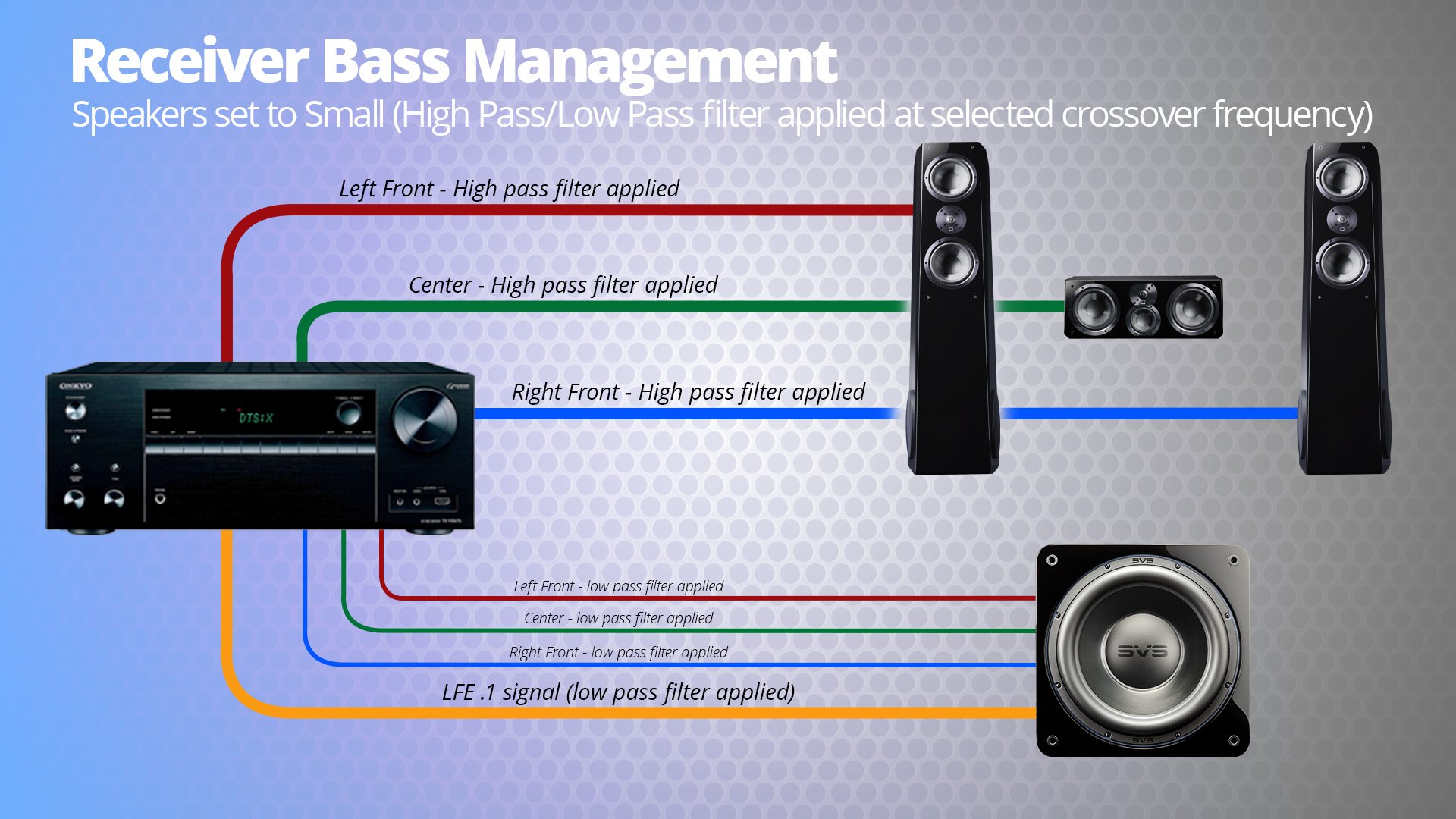
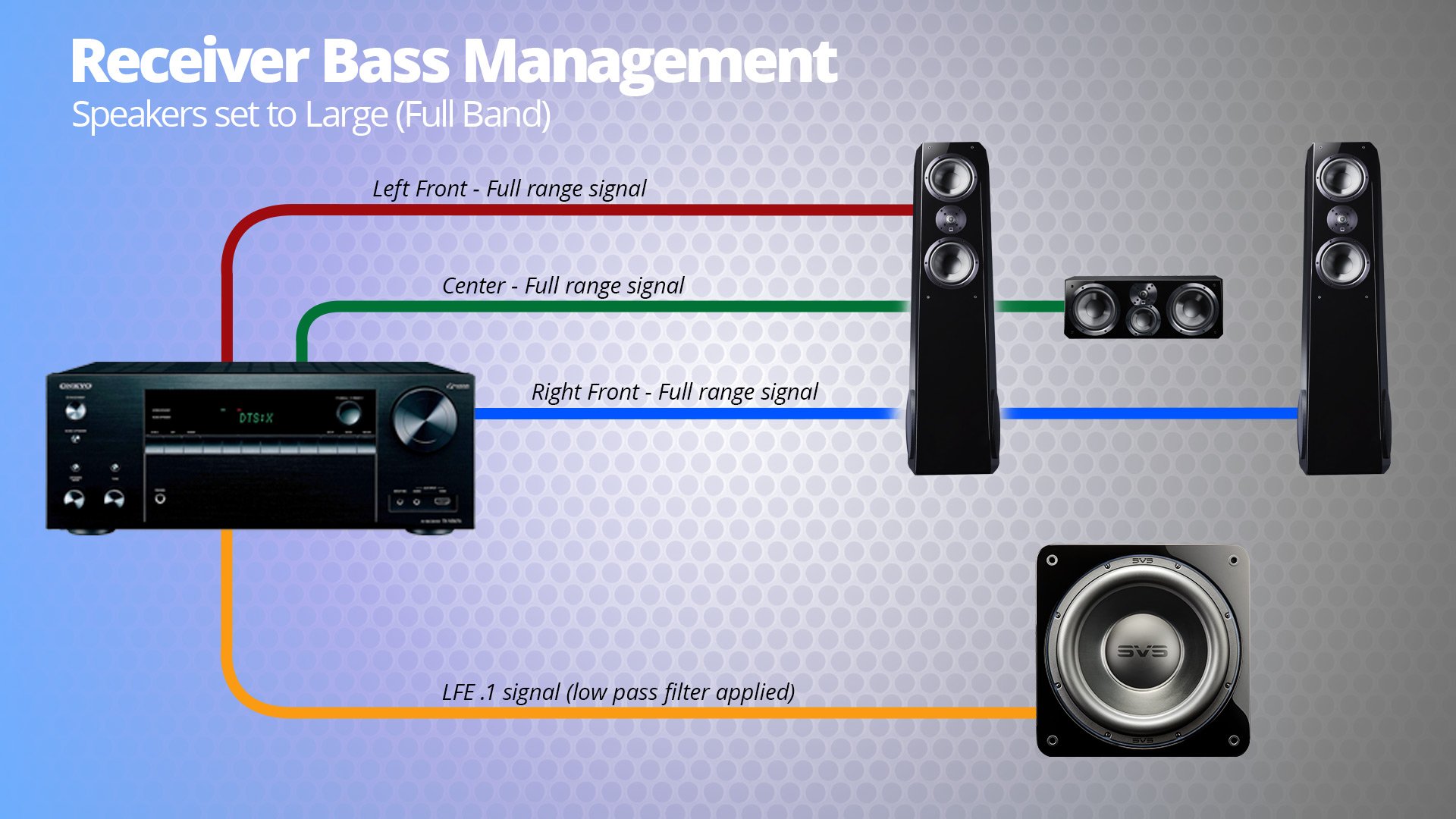
It's All About the Bass Management
Most movie soundtracks are mixed in 5.1 or 7.1 surround sound, and the ".1" subwoofer channel carries much of the deepest bass—things like explosions, revving engines, and sonic action you can feel in your chest and throughout your body. But the main channels often have very low frequencies as well, and those frequencies are much better served from the subwoofer rather than the main speakers. Based on this, we generally recommend designating all the main speakers as "small," which sends the low frequencies in all the main channels to the subwoofer. If you have any questions about making this adjustment, or if something just sounds off after changing your speakers to small, we courage you to contact our SVS Sound Experts. No matter what brand or model of loudspeakers you own, we can help.
Proper bass-management also means specifying a different crossover point for each speaker channel. For example, you can tell the AV receiver to send more bass to speakers that can easily handle it by specifying a lower crossover point for them. Likewise, you can specify a higher crossover point for speakers with more limited bass extension so the AV receiver sends less bass to them. This is often handled within the auto-calibration process, but it’s not uncommon to adjust crossover frequencies after calibration has been run. For more information on the topic, check out Speaker and Subwoofer Digital Bass Management Tips.
As an example, the SVS Ultra Tower speakers feature dual opposing 8-inch woofers and can play below 30 Hz. They would most likely be used as mains and sound best with a crossover frequency around 50-60Hz. Conversely, the compact Prime Satellite speakers don’t have the ability to play nearly as low. They would likely serve as surrounds or Dolby Atmos height speakers and sound best with a crossover frequency of 90-100Hz.
Go Large if Not Using a Subwoofer
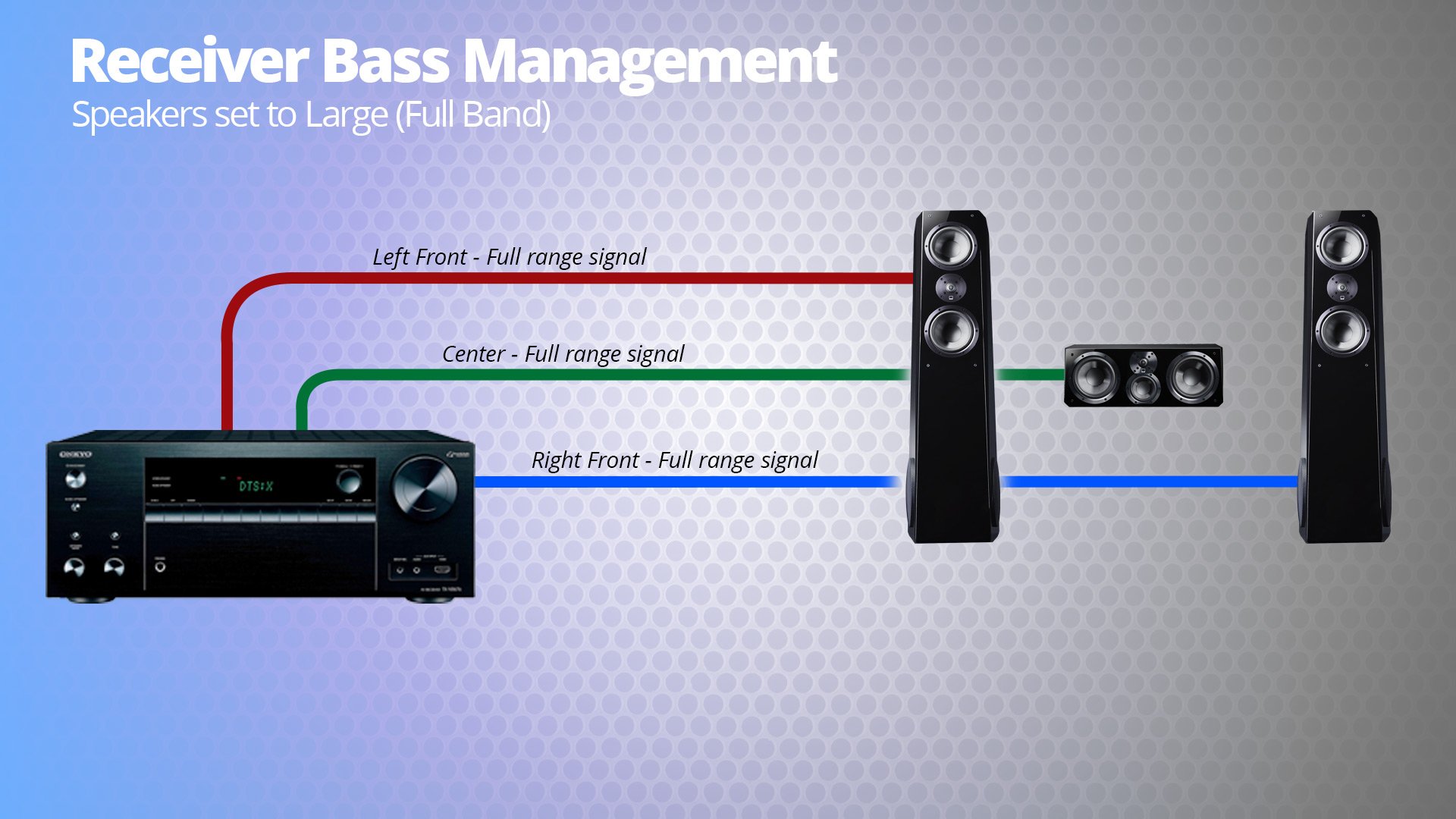
Of course, if your sound system does not include a subwoofer, bass management is moot. All speakers should be set to "large"—which the AV receiver will probably do automatically if there is no subwoofer connected and you run Audyssey or some form of auto-calibration. Speakers will do their best to reproduce the lowest bass along with the rest of the sonic spectrum.
But to really experience the visceral thrill and sonic impact of movie soundtracks and feel every note of an infectious bassline, a good powered subwoofer with proper bass management is a must.
For more info about bass management or speaker and subwoofer calibration, post questions in the comments or reach out to the SVS Sound Experts: custservice@svsound.com, 877.626.5623, or CHAT.
Should Speakers Be Set to “Small” or “Large on My AV Receiver?
- Set to “Small” if you are using a powered subwoofer in your system to divert some bass to the subwoofer and allow the midrange and tweeters in your speakers to receive more amplifier power.
- It’s normal to adjust crossover frequencies of speakers after setting to “Small” based on the speakers lowest rated frequency response. Crossover should generally be set to about 10-20Hz above the deepest frequency a speaker can play. For instance, the SVS Prime Bookshelf is rated down to about 48 Hz, so the crossover would be set between 60-80Hz.
- Set to “Large” if not using a subwoofer so speakers receive a full-range signal and deliver all the bass in a soundtrack.
Audio System Setup Articles
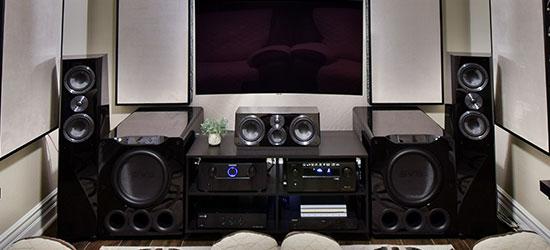
5 Ways to Improve the Sound of Your TV

Which Sounds Better, Vinyl or Digital Music?
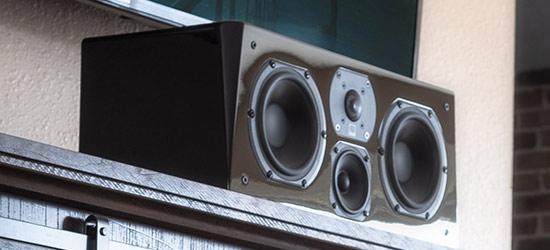
Why a Center Channel is the Most Important Speaker in Your Home Theater
Share Your Thoughts




